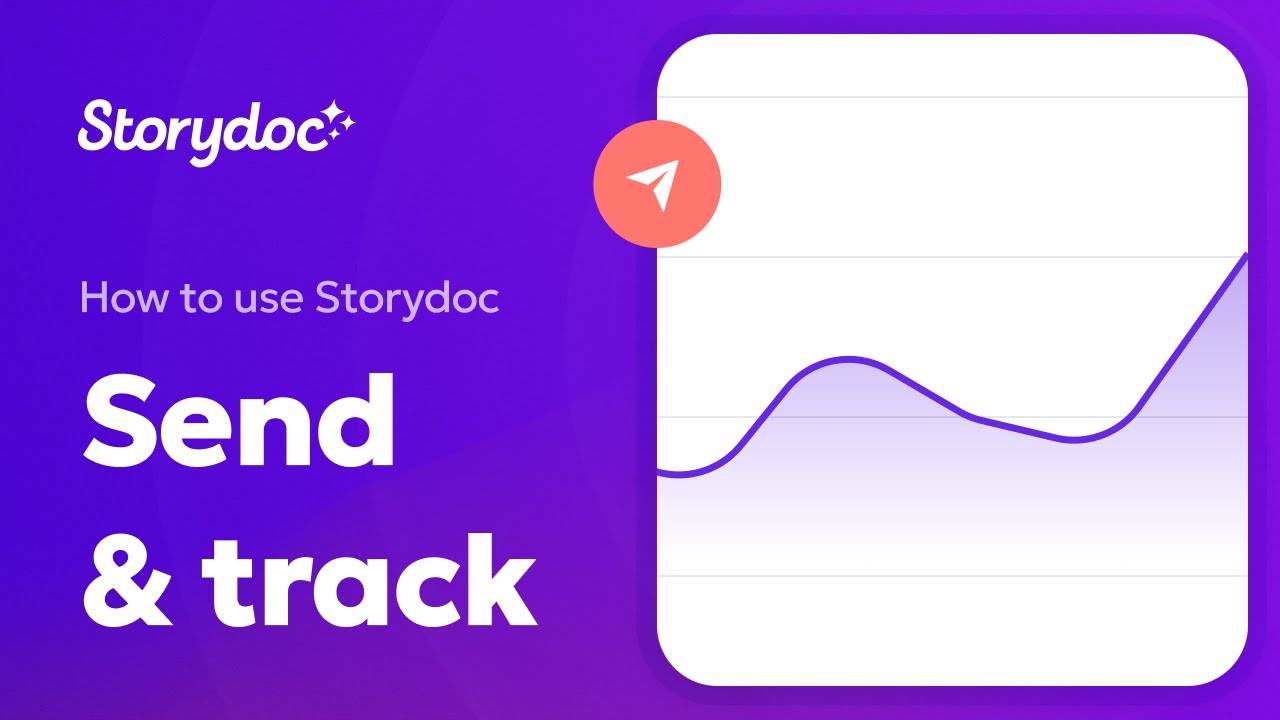Powered by

Learn what is sales outreach and how to build an effective sales outreach strategy to fill your pipeline with qualified leads, and generate revenue.
Hadar Peretz
6 minute read
Share:
Short answer
Sales outreach is the proactive process of reaching out to potential customers or leads to generate interest and build relationships. It involves initiating communication through various channels like email, phone calls, or social media to ultimately close sales.










